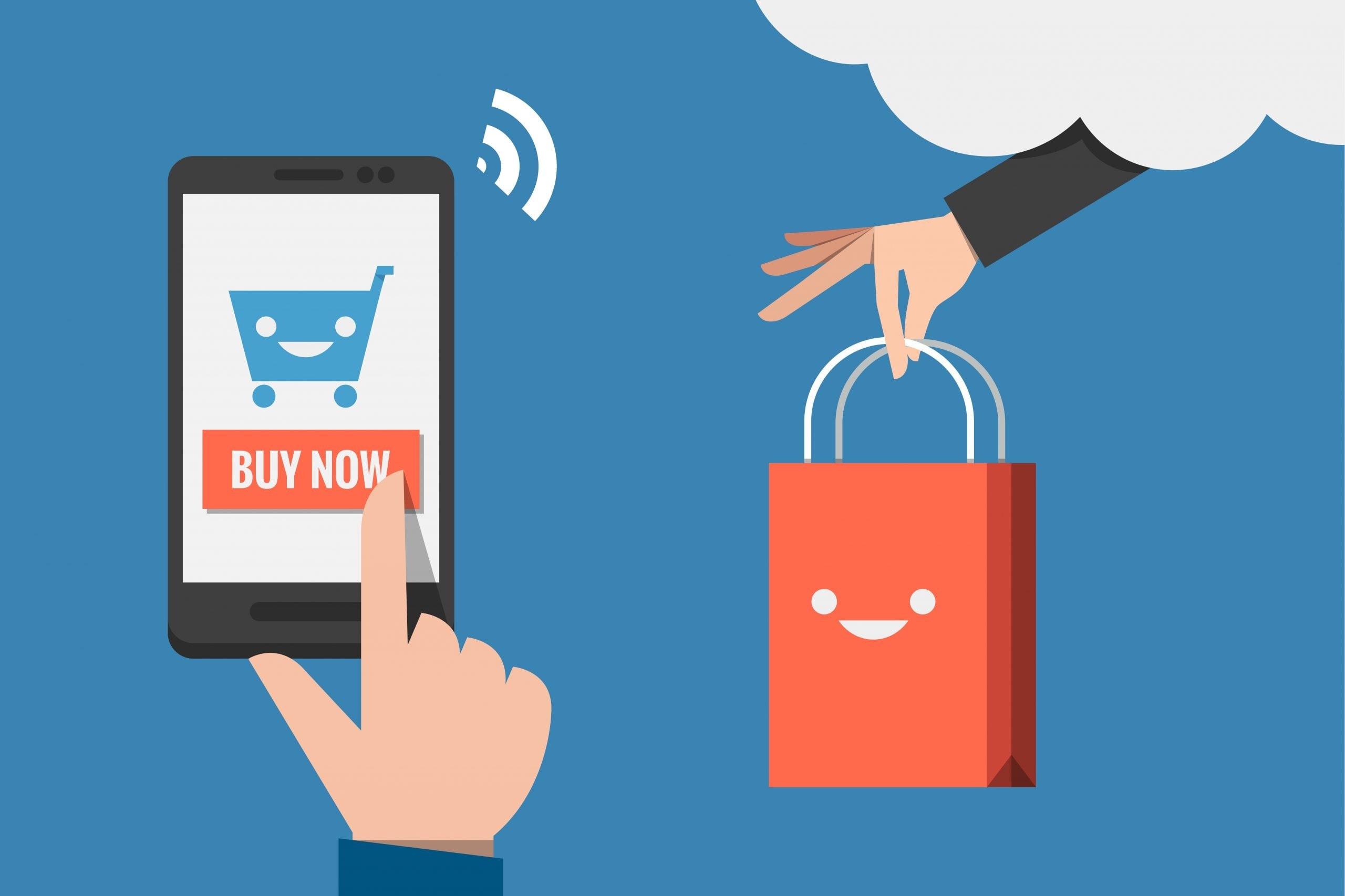
Share
You’ve seen it, right? You’re shopping online for a new surfboard after living vicariously through the latest issue of Surfer Magazine and just as you’re about to checkout, bam. There they are. Payment options that remind you that you don’t need to live out your surfing dreams at a one-time payment of $1000. Can I get some angelic music and dramatic lighting, please?
As a millennial with a brazenly stereotypical affinity for buying things online—ahem, sometimes before my direct deposit hits—I’ve grown to appreciate making in-the-moment purchases and paying later. Especially if it reduces the amount of spending shame I have into modest bi-weekly installments.
This is the glory of payment options, more commonly referred to as buy now, pay later. But, as good as it sounds to a consumer, is it really all it’s cracked up to be on the advertiser side? Let’s explore.
Defining Buy Now, Pay Later
It’s all in the name, really. Buy now, pay later is a fintech-powered alternative to paying the entire cost of something upfront. Instead of paying for that thousand-dollar surfboard in full, the brand would enable you to choose a financing plan and pay in predetermined installments over time. Payment options like this are similar to the vintage layaway method but with more flexibility. So, better.
How Does Buy Now, Pay Later work?
When you’re checking out online, you’ll be able to skip entering your card information and just set up small installments taken directly from your card through third-party fintech companies. Simply put, the whole experience allows you to buy whatever you want right away and pay it off over time. What a win for an especially I’ve-gotta-have-it-now generation, am I right?
To boot, these payment solutions are offered to shoppers with no or marginal interest. The repayment terms vary by fintech company, but trailblazers, like Klarna, Affirm, and Afterpay typically break up the total payment amount into about three or four equally-spaced installments. Klarna, in particular, will even allow you to “secure the bag” and pay in full 30 days after making a purchase.
Why Do Shoppers Like Buy Now, Pay Later?
Because flexible payment options are a frictionless way to empower customers to make purchases in uncertain economic times. It’s about as simple as that. The events of 2020 and the effects it had on our global economy can speak to this point in spades.
Throughout the pandemic, and even as we move out of it, customers are drawn more towards flexible shopping experiences. And I’ve gotta say, what’s more flexible than the ability to buy something now without being forced into a pay-in-full commitment or a one-sided credit agreement?
What Are the Benefits of Buy Now, Pay Later for Advertisers?
This is the part where we answer the very question posed in this blog’s title. What is the big deal about buy now, pay later? We now know why shoppers dig it, but what’s in it for advertisers? Let’s talk about why global eCommerce sites that offer it grew by more than 60% from January 2020 to December 2020.
1. It may decrease cart abandonment rates
An overwhelming 88% of online shoppers have admitted to abandoning a shopping cart without completing a transaction, according to a Forrester report. In 2018 alone shoppers left more than $34 billion worth of items in their online carts. While there are many reasons for that, three of them are a lack of payment options, a complicated checkout, and forced account creation. Not only does buy now, pay later fall into the payment options category, but it also provides a frictionless checkout process.
When you offer options like Klarna or Affirm, all customers have to do to checkout is log into those accounts. Considering that 24% of customers abandon their carts because of forced account creation, this one is huge. It also ties into the next reason why buy now, pay later is kind of a big deal.
2. It fosters a better customer experience and a sense of trust
Something that brick-and-mortar stores tout over online retailers is the ability to try before you buy. Going to a dressing room and seeing how something looks on you or holding that surfboard in your hands before committing to buying undoubtedly builds customer trust.
Without payment options, customers are forced to pay for something in full and go through a sometimes clunky return process for a refund. But with buy now, pay later, customers can get a little closer to that dressing room feeling by trying out products without fully committing. It allows them to order whatever they like and keep it if they like it or return it without having to pay in full. That alone has the potential to increase average order value since no big commitment is involved.
Free returns can of course be seen as an increased cost, but what it brings in return is increased customer loyalty. That’s something you just can’t put a price tag on. It also shows your customers that you trust the quality of your products enough to chance possible returns.
3. It has the potential to increase sales
Through the buy now, pay later model, customers that don’t yet have the money in their bank accounts to pay for something in full are still given an option to shop if they want. If they’re waiting for payday and only have enough for a first installment, they’re still welcome as shoppers with payment options.
When you don’t demand that customers pay for products in full, they may feel freer to make purchases since the commitment isn’t as substantial. They just have to be secure in the knowledge that they can make the payments that will follow over the next month or so. This can lead to a true increase in conversions for a lot of online retailers, especially if their products are on the pricier side.
In knowing that they can split payments into affordable portions, consumers may even be more willing to buy items with a higher price tag than they normally wouldn’t have considered.
—————
It’s clear that providing payment options is a big thing. But still, you’ve got to make your own decision about it. I hope this insight gets you even a little closer to doing just that!





